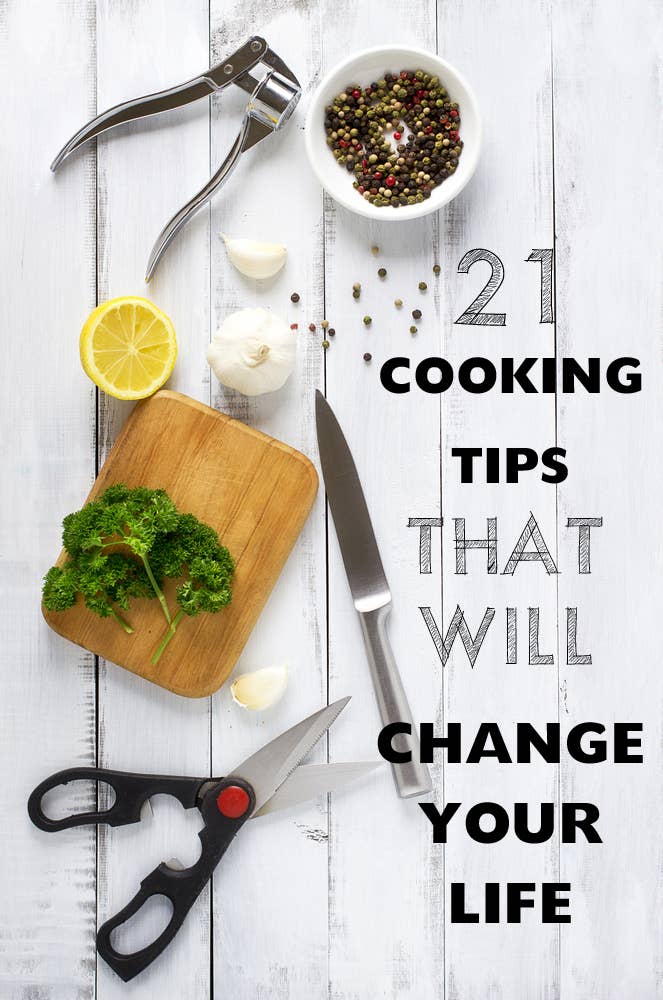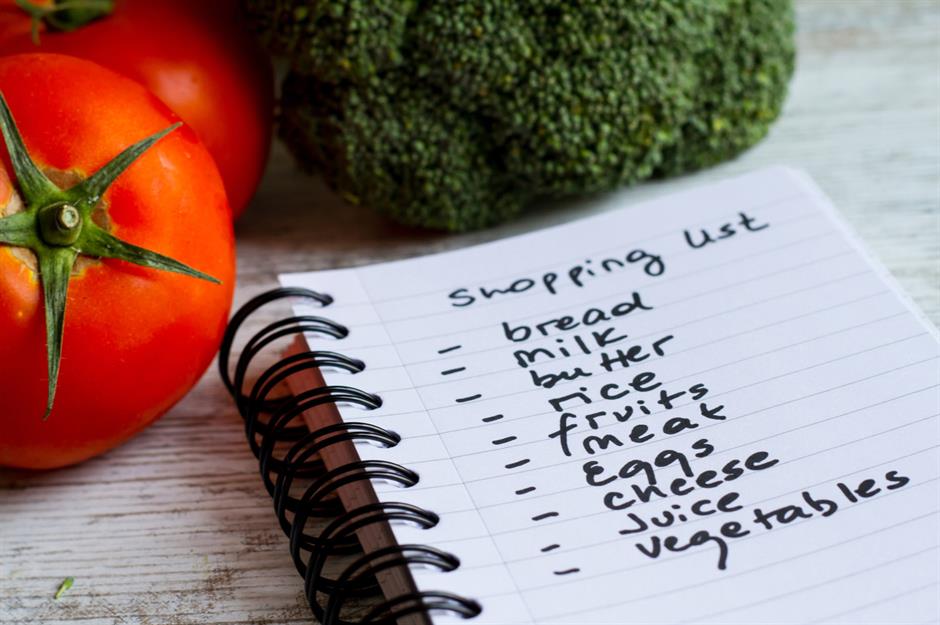
We all know that food is cooked to get the most nutrition, but it can also cause significant nutrient losses. The nutrient content of a vegetable is affected by the way it is cut and washed. We also throw away extra water that is soluble in fats used in cooking. Nährent loss is also possible when fats are added to the cooking process. Vegetables are most vulnerable to nutrient depletion during cooking. Peeling vegetables and fruits results in the loss nutrients and vitamins. Furthermore, the outer layers are removed from cabbage and fruits, and the nutrients are also lost.
Microwaving
Microwaves retain more nutrients in food than traditional cooking methods. This is due to the fact that they use less water, and are much lower in temperature. The shorter cooking time and lower water content also help preserve more vitamins and minerals. In 2009, a study found that microwave cooking preserves more antioxidant activity in vegetables. Vegetables are most likely to lose their active constituents during cooking. This is due to the effects of light, heat and water. However, the microwave retains most of the folate contained in spinach. This is important for good nutrition. Boiling spinach will result in about 75 percent loss of folate.
Frying
There are many cooking methods, but the most widely used is boiling. Boiling food will result in significant nutrient lose, especially the water-soluble ones. This is bad for your health as many nutrients will be dissolved in the cooked water. The best way to minimize the loss of these nutrients is to avoid boiling altogether, or cook your food so that the liquid remains part of the dish. This is not always possible.

Microwaving with Ghee
Ghee may be a more nutritious option than other oils. Its health benefits include Vitamins A, E, and K. Many ghee enthusiasts believe that this rich fat will help them feel full longer and lose weight. Some even report that it improves mental clarity. However, not everyone is convinced of its benefits. The key lies in the taste.
Microwaving with oil
There are several advantages to microwaving healthy foods in the microwave, including lessening the amount of calories and reducing the nutrient loss. Cooking food in the microwave requires lower cooking temperatures and shorter cooking times. This reduces the risk for contamination and nutrient losses. Microwaves are able to cook food from within by emitting radio waves which "excite" food molecules.
Baking
Baking is an excellent way to cut calories. Baking is a healthier option to frying which can add significant fats to food. Baking preserves original flavors of ingredients. In addition, baking does not produce adverse reactions in the food. Baking is an excellent way to maintain a healthy diet or aid in weight loss. By reducing the amount of fat in a dish, baking preserves the original flavor of the ingredients and can also support a healthy lifestyle.

FAQ
Where can I find online cooking classes for free?
Many websites offer free cooking classes. YouTube can be searched for videos showing you how to make different meals. Some sites offer thousands of recipe options. You will need to pay a monthly subscription, but you can still try the site for free for 30 day.
What are the Qualifications to be a Chef
To be a chef you need a bachelor's level in culinary arts. In addition, you need to pass a series of tests administered by the ACF. After completing these requirements, you will be awarded a certificate that confirms your qualifications.
Are there any requirements to become a chef?
No. No. Some even went on to culinary school to gain work experience. Many chefs prefer to attend culinary school for the increased opportunities to learn and grow as professionals. Culinary schools provide hands-on training that helps students develop valuable skills and enhance their culinary knowledge.
How do you choose the right career path to become a chef? How do I begin my career as chef?
You should start as an apprentice if you are interested in becoming chef. Apprenticeships give you the opportunity to work for many years without having to pay tuition fees. You can apply to become a sous-chef after you have completed your apprenticeship. Sous chefs oversee cooks and help them make salads and desserts. They oversee all aspects of the restaurant's operation.
What should a beginner cook first?
A beginner should start cooking something easy, like pasta, rice, or soup. You can learn how to cook by looking at a cookbook or watching a YouTube video. Cooking with others is more enjoyable. You can cook together as a family or with friends.
Do I have to learn how to cook with my children?
Yes! Yes! Kids love helping in the kitchen. It's a fun activity which teaches children responsibility and teamwork. Children can help with everything from washing vegetables to chopping onions. Children will love helping to cook if they are taught safe knife handling techniques.
Statistics
- On average, chefs earn $58,740 a year, according to the BLS. - learnhowtobecome.org
- According to the BLS, chefs earn $58,740 a year. (learnhowtobecome.org)
- The median pay for a chef or head cook is $53,380 per year or $25.66/hour, according to the U.S. Bureau of Labor Statistics (BLS). (learnhowtobecome.org)
External Links
How To
How to make a perfect eggroll
Omelets is one of my favourite breakfast foods. But how do you make them perfectly? I have tried many different recipes and methods, but none of them work. So today, I want to share some tips and tricks with you so you can make your own delicious and fluffy omelets every morning.
When making omelets, it is important to be aware that eggs can be temperamental. They must be fresh, preferably from the organic market, and be kept cold until cooking. They must be kept cool, otherwise the whites will not form properly and the yolks may become runny. This causes your omelets to look oddly colored. If you plan to cook the eggs right away, it is best to use room temperature eggs.
You might also try separating the egg before adding to the pan. Because this could cause your omelet to become curdled, you don't want any yolk to be mixed with any white.
You might burn the bottom of the egg if you place the egg directly on the stovetop. This could ruin the texture of your omelet. Instead, place the egg in the microwave for 10 second before you put it in the skillet. The microwave heat is sufficient to cook the egg without overcooking.
Next, let's talk about mixing the eggs. When mixing eggs, it is important to thoroughly beat them. To do this, grab the bowl of the mixer and turn it upside down. Next, shake the bowl vigorously. This will whip the air around the bowl and mix the egg well.
The fun part is now - adding the milk to the mixture. First, pour half of the milk into the beaten eggs and then fold the eggs gently into the remaining milk. Do not be alarmed if there are still egg streaks visible. Once the omelet flips, these streaks will disappear.
After you have folded your eggs, heat up the oil on medium heat. Wait for it to get hot. Add 1/4 cup butter to the oil and swirl it around to coat all sides of the pan. Open the lid and sprinkle salt on the pan. A pinch of salt will prevent your omelet from sticking in the pan.
Once the omelet forms, cover the pan again. Let the top side set completely. Flip the omelet over using a spatula or flip the pan upside down. Cook the second side for a minute or so. Take out the omelet and place it in a bowl.
This recipe is best made with whole milk. However, it can also be used with skimmed milk.